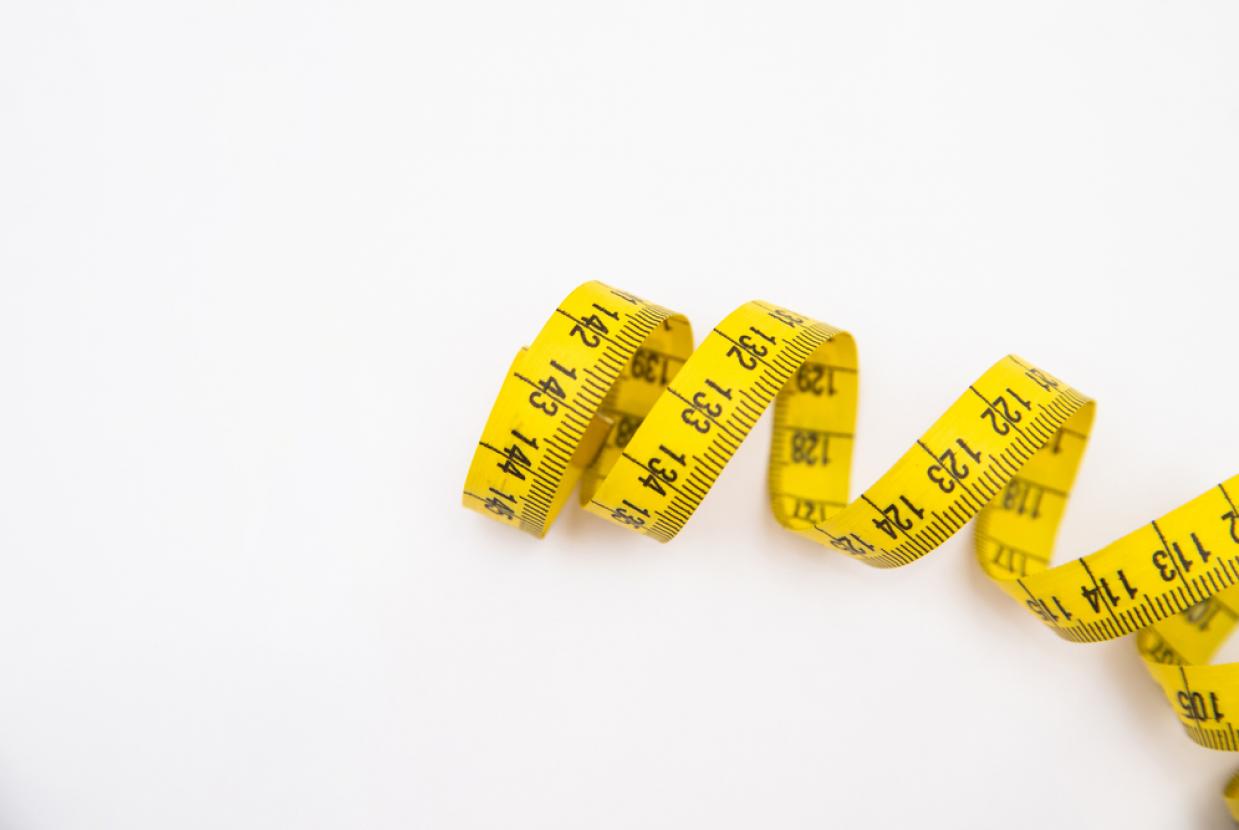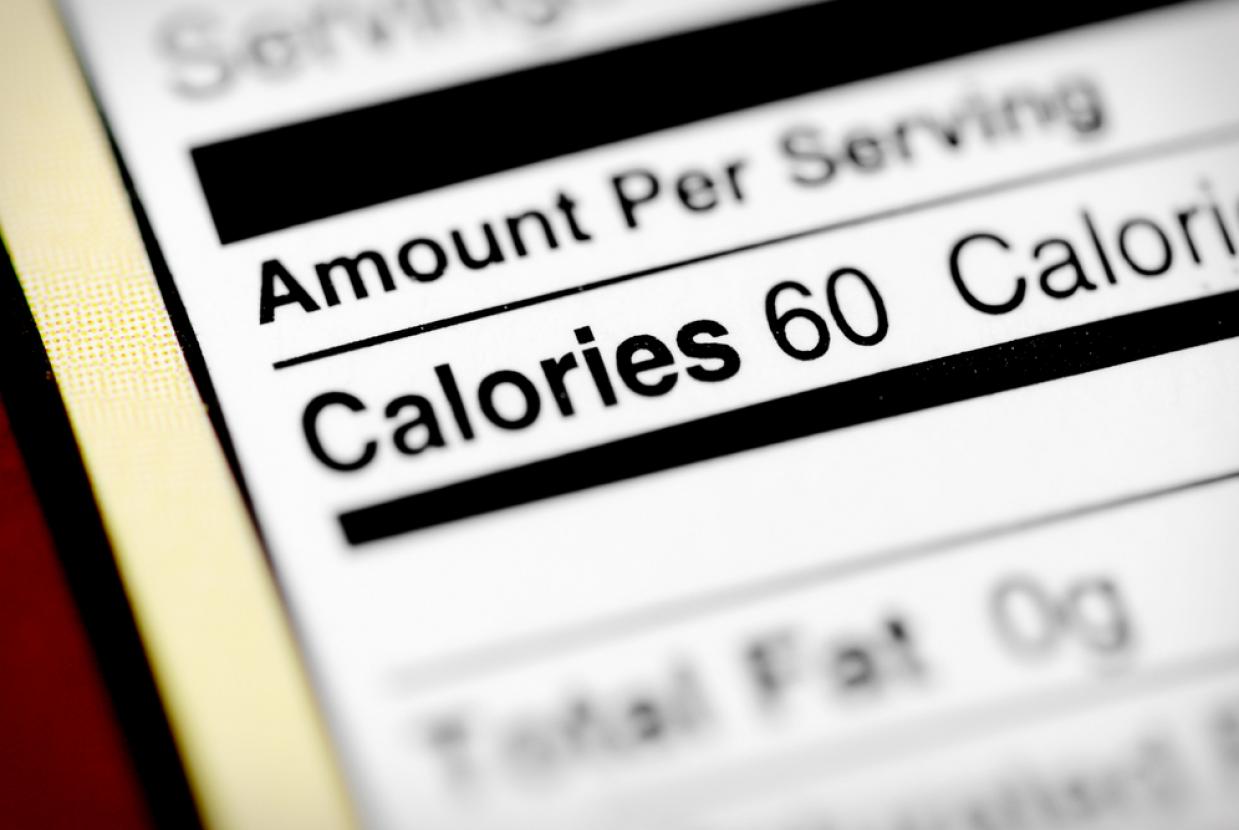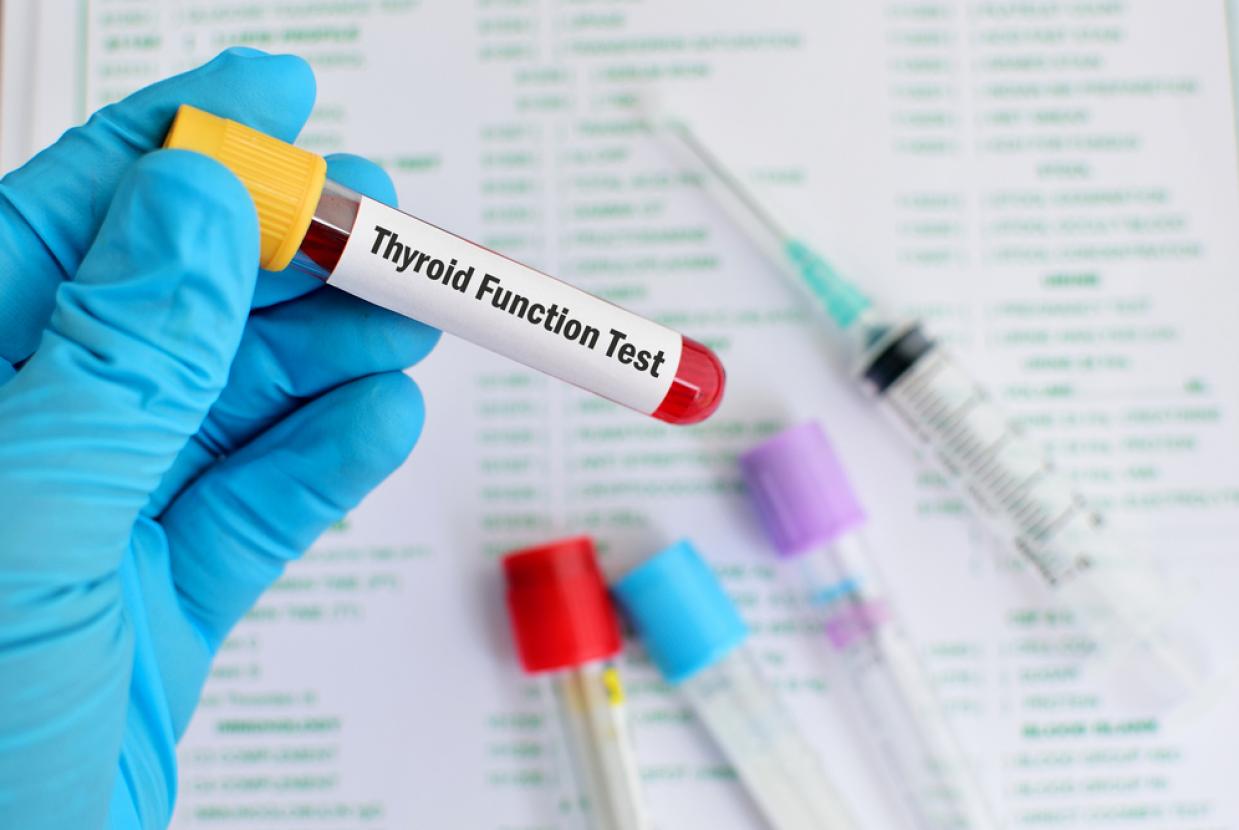Weight Loss: What Works?
Vital Nutrition
We all want a dietary quick fix – the magic bullet that helps us lose weight, fast! From intermittent fasting and low carb, to calorie counting and diet shakes, there are endless diets making promises for fast, fat-burning results. So, what really works?
The short answer is there is no such thing as one diet that will suit every one of us. We all have different nutritional needs, foods we like or dislike, different eating habits and lifestyles to consider, so working out what diet is going to be the perfect one for you is no easy task.
That said, there are a few simple changes that most of us could easily add into our daily diet to help us in our goal to reach a healthy weight.
- Eat the food your body needs. If we eat food that is as close to its natural state – fresh fruit and vegetables, eggs, meat, pulses, fish, nuts, seeds, unrefined grains, we will finish our meal feeling nourished and satisfied. Eating processed foods like white bread, high sugar cereals, sugary sauces leaves us dissatisfied and hungry for more food. Usually this hunger entices us to eat more sugary, refined carbs and junk food, when what we really need is fibre, fat, protein, vitamins, minerals and complex carbohydrates.
- Eat for health. The next time you sit down to eat a meal, take a moment to consider what that food is doing for your body. Is it nourishing you and fuelling you well, or is it a quick fix, eaten in a hurry just to fill a hole? The more connected we are to how food really make us feel, the easier it is to make healthier choices.
- Time your meals. Do you eat because you are hungry, or because it is mealtime? There is some really strong evidence now to show that eating within a 10 to 12 hour window every day can help us manage weight, without feeling deprived. For example, restricting our eating times between 8am and 6pm, or 8am to 8pm, has been shown to help improve how well our body balances insulin and blood sugar and regulate our ‘hunger hormones’ ghrelin and leptin. Most of us could handle the 12 hour window, couldn’t we? Start with that and see if it suits you, before moving on to a longer fasting period.
- Go low GI. Swap white, refined, high sugar foods out for low GI alternatives. White bread, rice, pasta and high sugar foods give us a quick spike in blood sugar, that triggers an insulin response to manage our glucose. Over time this response played over and over again will lead to weight gain and cravings.
- Balance your plate. Pack half your plate with vegetables, eat a palm size portion of protein and a fist-size portion of low GI carbs.
- The nutrients that leave us feeling satiated are fat, fibre and protein, so make sure that your plate has at least a little of each.
- Don’t fear fat! As well as making us feel satisfied, fat is an important nutrient for insulin balance, appetite regulation and metabolic support. Add seeds to breakfast, pop an olive oil based dressing on your salad at lunchtime and eat some oily fish for dinner to increase your healthy fats.
- One of the main problems I have with diets and all their promises is how crap they make us feel if we eat something that is ‘not allowed’, usually resulting in a binge of junk food to make ourselves feel ‘better’. Let’s keep things in perspective. One slice of cake does not mean that your whole diet is off track. It just means that you had a slice of cake! If most of your diet is healthy, than what’s the problem? It’s all a matter of balance.






































